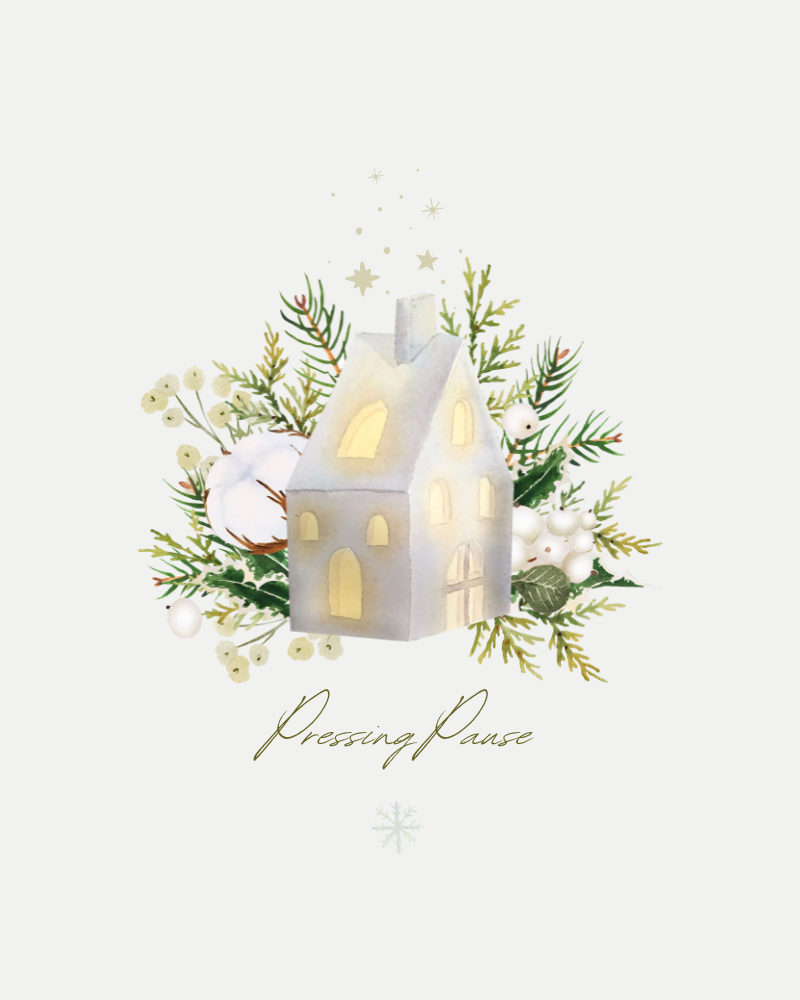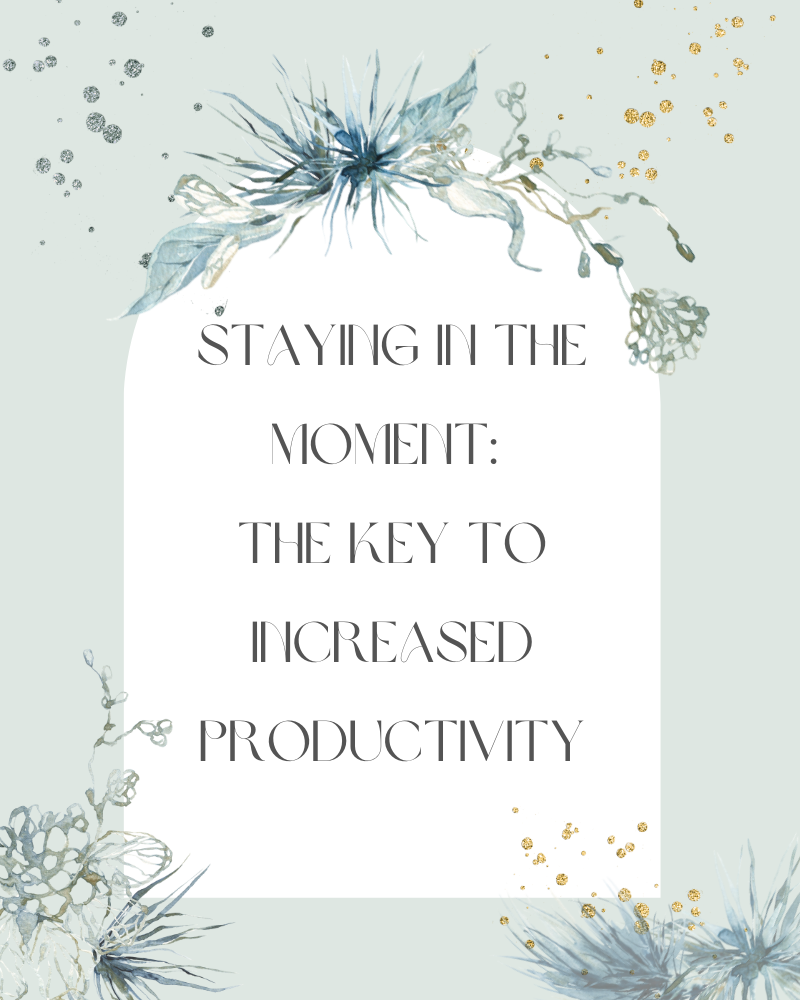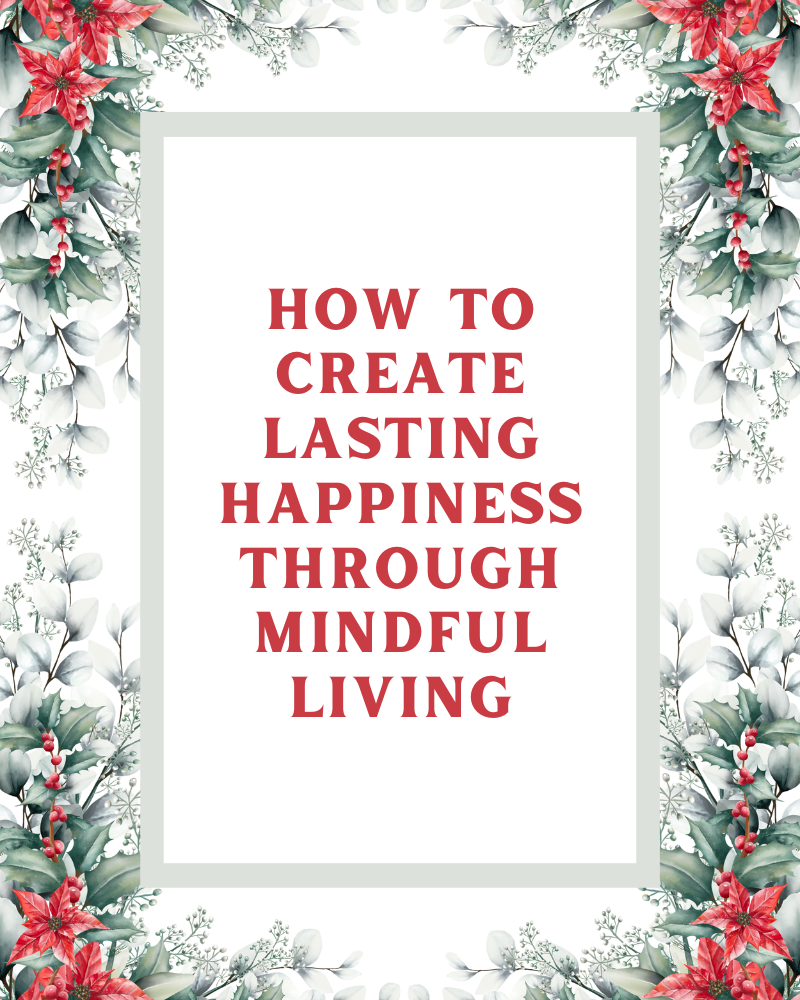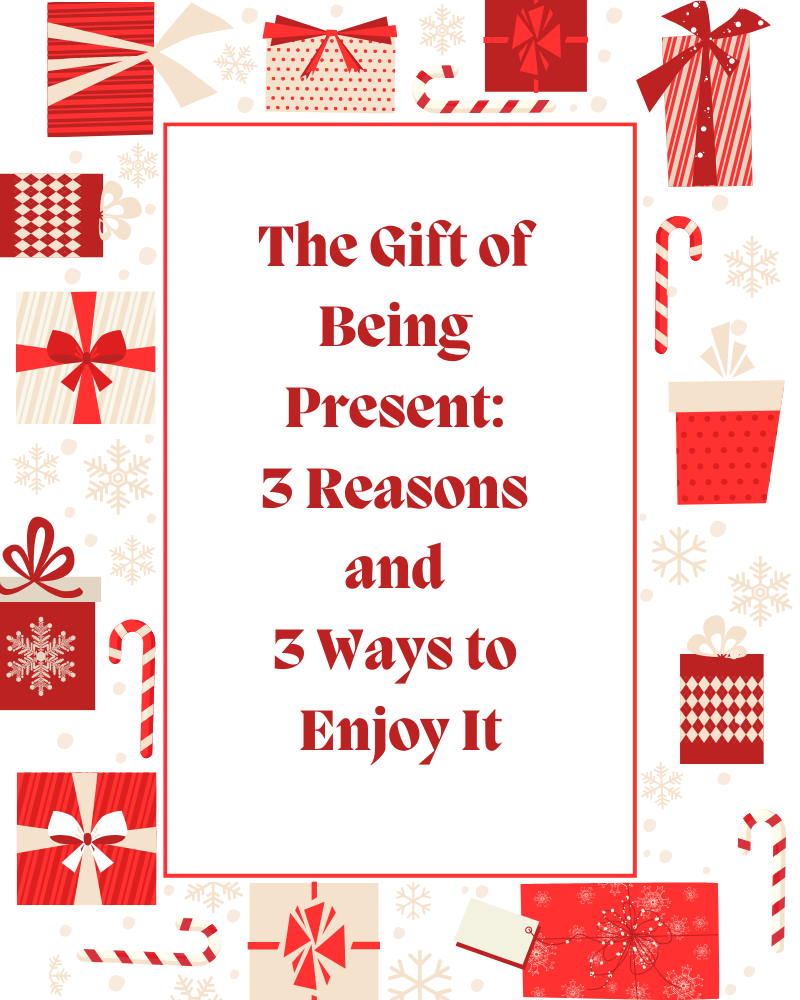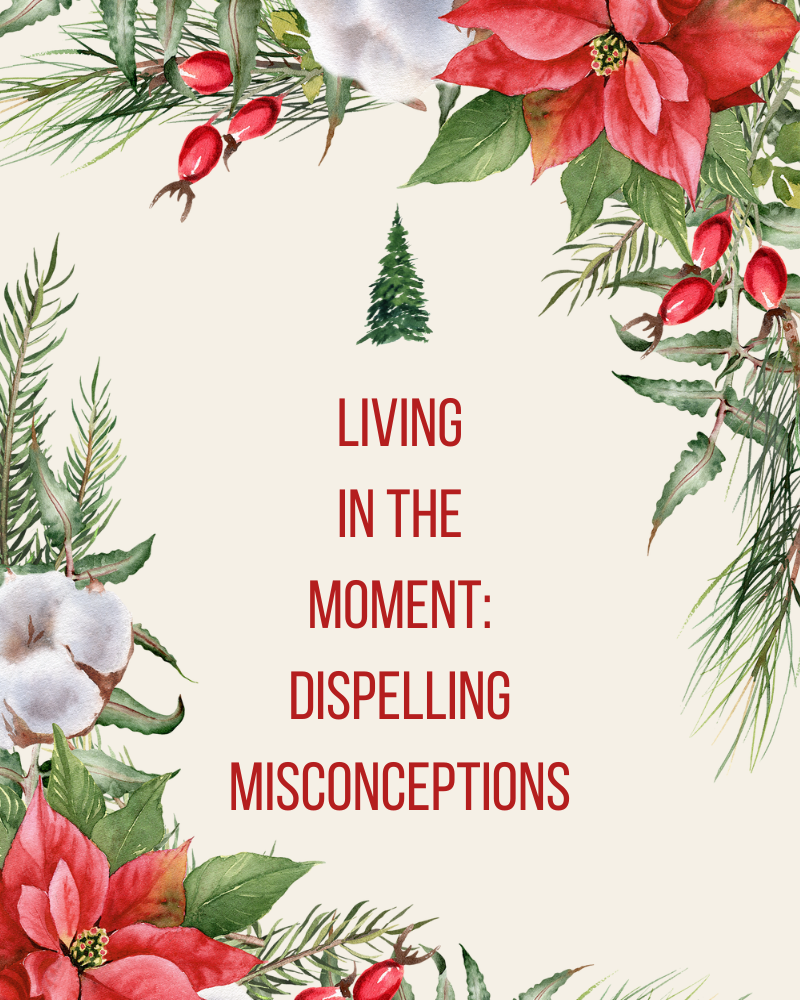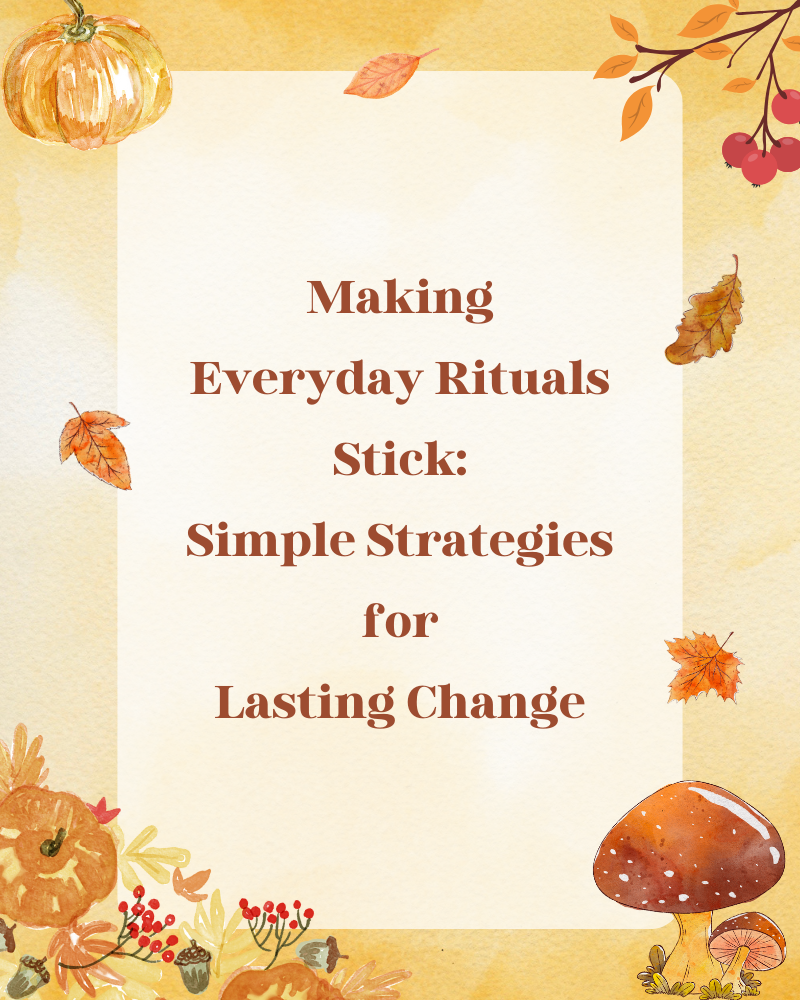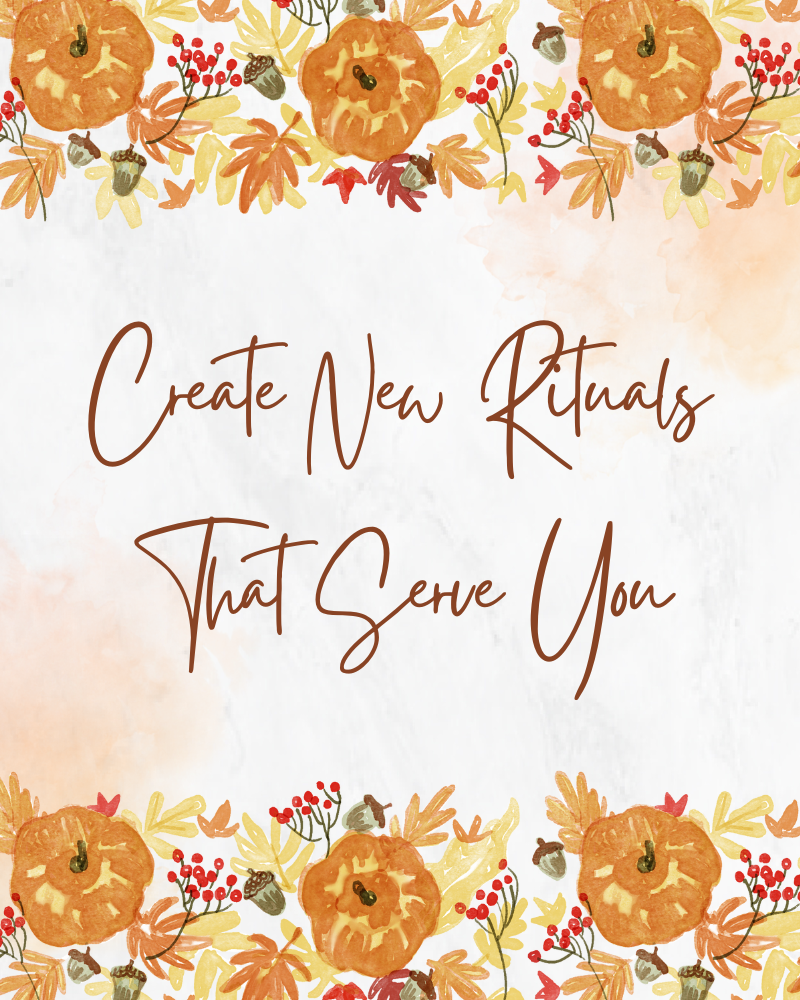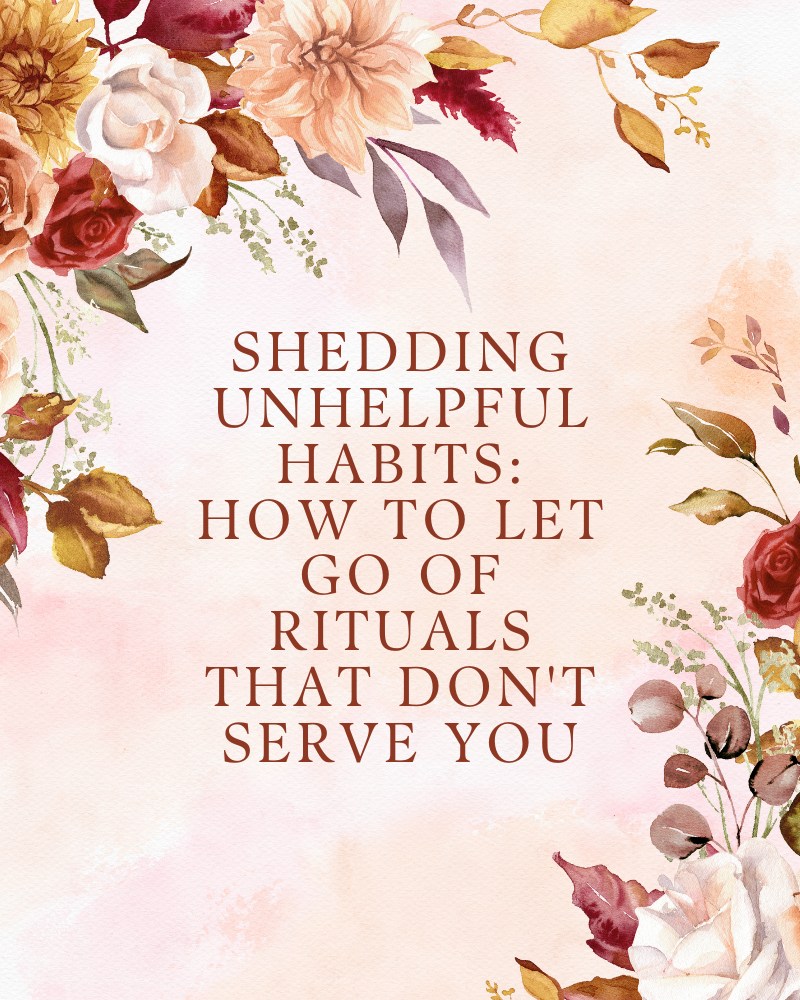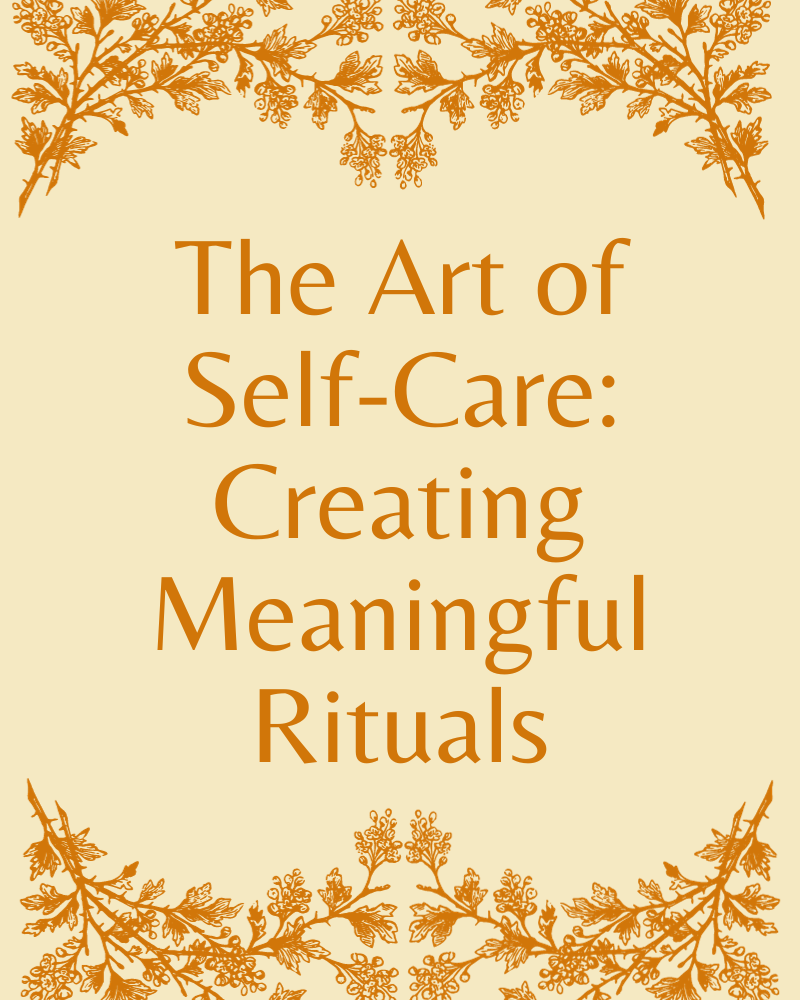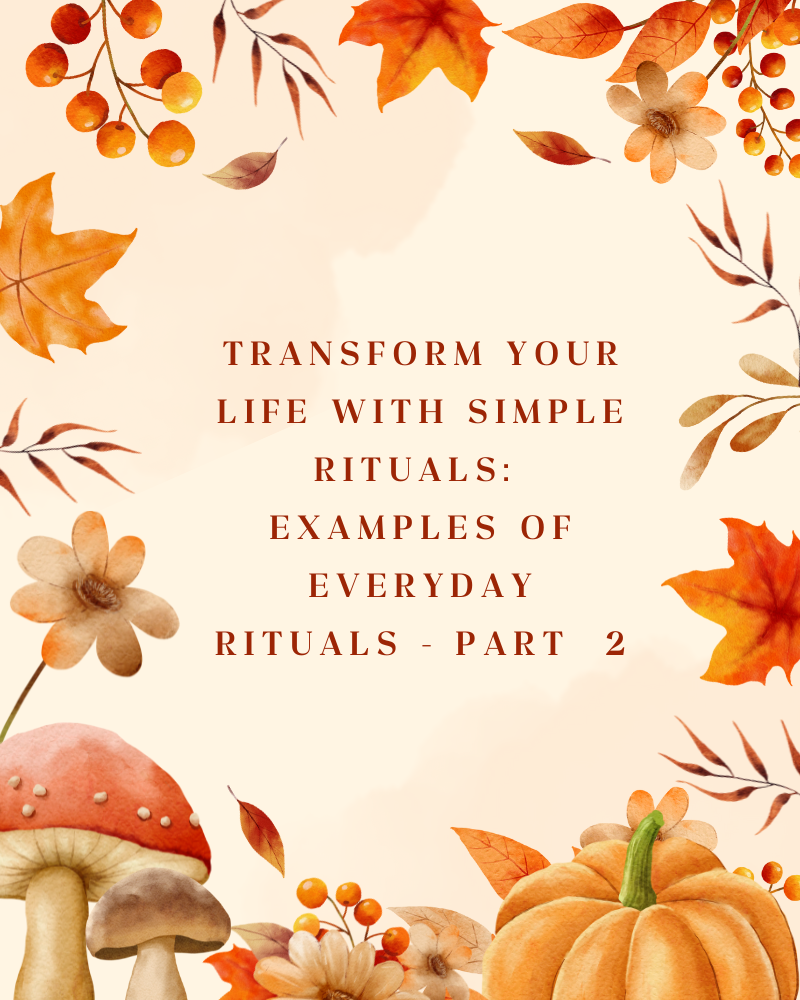We all have habits, rituals, and routines that we’ve picked up over the years. Some of these habits are helpful and supportive, while others can be unhelpful and even detrimental to our wellbeing. In this blog post, we’ll explore how to recognise rituals that no longer serve us and develop strategies for shedding unhelpful habits.
Not all rituals are created equal – they don’t work for everyone, all the time. Sometimes a ritual can be effective for a while, then suddenly it stops being helpful. Other times, the benefits of the ritual fade away gradually. Either way, it’s important to be aware that rituals can come and go.
How do you know if a ritual is no longer serving you? How do you decide that you need to give it up or change it? These tips will help you.
What function is the ritual trying to serve?
A ritual needs to serve a function. They help us stay connected, keep track of time, and create a sense of predictability. So, take a minute to think about what purpose your ritual is trying to serve. What are you hoping to get out of it?
Does this ritual serve its function?
Take a moment to assess the ritual’s effectiveness. Is it achieving its intended purpose? Is it doing so in an efficient manner? If the response to either of these questions is no, then the ritual is not serving you.
What benefits are you getting from this ritual?
Rituals are meant to bring about tangible advantages – psychological and sometimes even material. Pause for a second and ask yourself: are you reaping any rewards from this ritual? If not, then again, it’s not serving you.
If you are, look at how strong the benefits are. Are you getting the most out of the ritual you’re doing? Are there better ways to reap the same rewards? Take a closer look and decide if the benefits you’re getting are worth the effort.
Does the ritual create harm?
Are certain rituals causing you or others harm? We’re talking about psychological or even physical damage here. Think of those addictive substances-related rituals; smoking, drinking (alcohol) and even sugar addiction. They are all harmful and would be habits worth breaking for your future health.
Strategies for shedding unhelpful habits
Once you realise a ritual isn’t working for you, it’s time to make a change. Breaking habits isn’t easy, but it is doable. It’s all about recognising the need for change and taking the steps to make it happen.
Our brains are creatures of habit and they don’t like change. Even if the ritual you’re trying to break isn’t doing you any good or is even hurting you, it’s still filling up your time and giving you a sense of routine. So, if you want to break an old habit, the best and simplest way to do it, is to replace it with something new.
Take a minute to consider what purpose the old ritual was meant to serve and what it was supposed to give you, be it emotional or practical. Then, see if you can find something else to take its place that could do the same job, or even better. Do any of the examples here or here fit the bill? If not, why not make up your own ritual that will do the job?
Instead of defaulting to your old routine, you need to remember to to use the new ritual. Set yourself up for success by creating a reminder – whether that’s a phone alarm, calendar notification, or a sticky note on the wall. That way, you won’t forget to switch things up.
Releasing an old habit can be a challenge. It’s alright if you slip up every now and then; that’s normal. Don’t get discouraged if it happens, just keep pushing forward, shedding the unhelpful habits until you get there.
